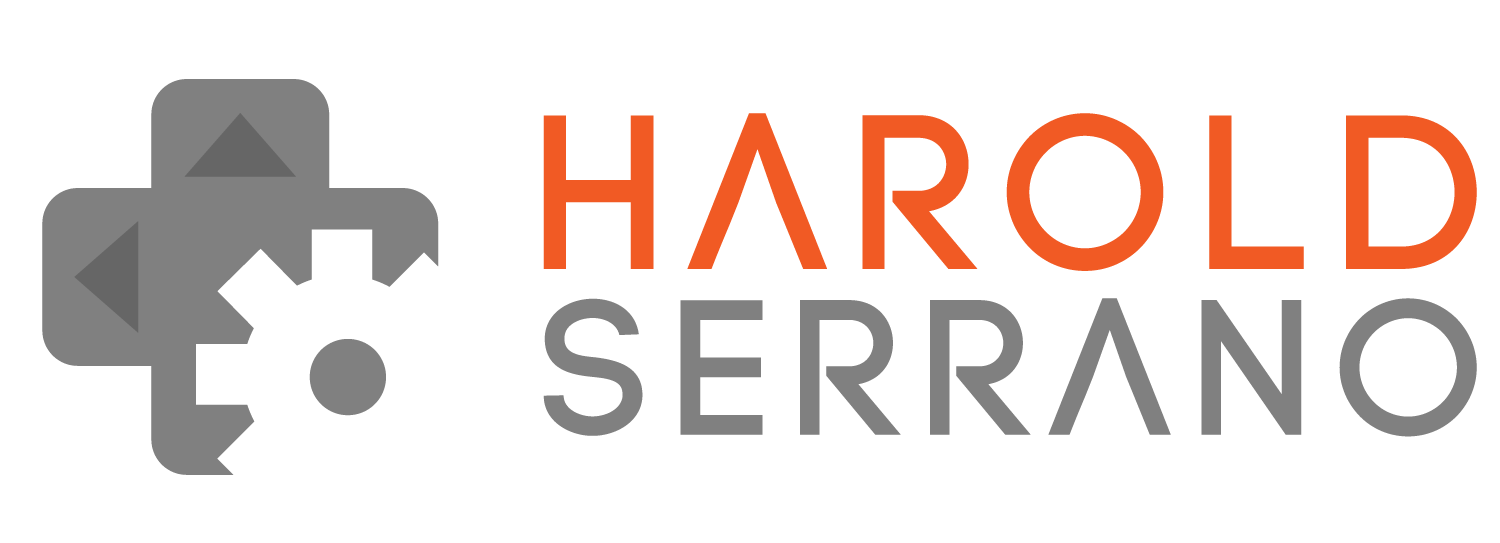The last time I showed the progress of the engine was back in August where I showcased the first demo of the game engine. Since then I have been working on implementing new features and fixing several issues with the engine. Here is a video showing the progress of the engine:
Improvements
The beta version v0.0.3 of the engine can handle animations and collision simultaneously. The game engine can run an animation on a character and at the same time detect a collision. Furthermore, the engine allows a developer to apply action at any keyframe during the animation. For example, the engine allows you to apply an upward force during the second keyframe of an animation. You have direct control over the animation and which action to apply.
In this new version, I improved the flow of information between the Controller and the Model class. In previous versions, I had kept the flow of information in the MVC (Model-View-Controller) simplistic. In this new version, the model receives any actions on buttons and relays the information to the appropriate game character.
This version also improves the BVH algorithm. In the previous version, the BVH paired up incorrect models. This issue led several instances of missed collision detections. In this new version, all models are correctly paired up.
Issues
There is a major issue with the Convex Hull algorithm. For the most part, it works well with simple game characters. However, as soon as you model a character with complex modeling techniques, the algorithm fails. The problem is not a bug in the algorithm, but that it requires clean geometry to compute the hull.
It makes no sense to put a restriction on how to model a character. So, instead, I'm going to develop an external plugin to remove any restrictions. It will allow collision on any 3D character regardless of the modeling techniques used.
Thanks for reading.












